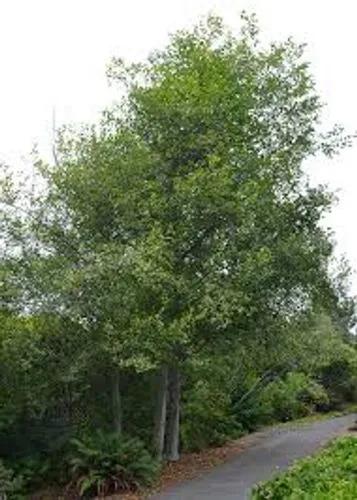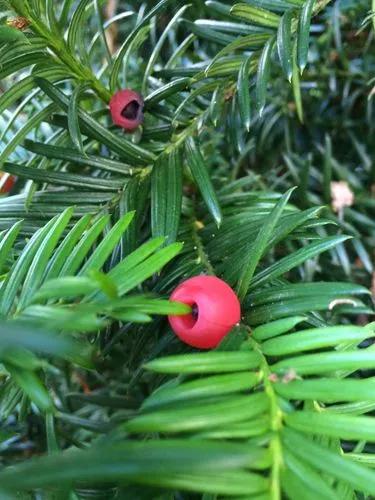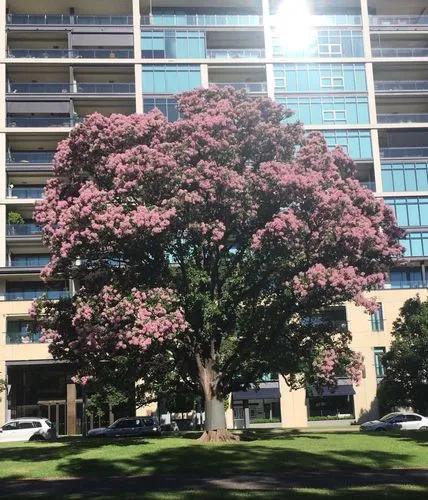are among the most hardy trees for a temperate climate. It’s a mystery why these species aren’t generally available in our climes. All you ever see are half-hardy forms of Eucalyptus gunni on sale. The hardiness of a species is largely dependant upon the seed origin. There are places in Australia where extreme frost occurs regularly. Seedlings from such locations are much stronger than those from trees growing in milder circumstances. Eucalyptus gunnii does not only occur in low land Tasmania; it also grows at 1200 meter (3600 feet) and tolerates considerable frost there. Seedlings from these trees have the best chance of success here. During very wet winters Eucalyptus trees are more prone to freezing (if the bark splits) than during normal winters. Fortunately, there are nurseries who pay special attention to the provenance of the seeds, and ‘de Groene Prins’ offers young trees from these sources. De hardiness of seedlings is variable, though, so not every individual of a species is as hardy as the other. In any batch there will be variation. The altitude at which a plant grows in nature is only partly determinant for it’s hardiness. Eucalyptus debeuzevillei is for example hardier than Eucalyptus niphophila, yet it grows 400m (130 feet) lower down the mountainside. To summarize: Eucalyptus debeuzevillei and Eucalyptus niphophila are the hardiest species, which often survive even the severest of winters. Other hardy species survive average winters without any problem
Candlebark Care
Eucalyptus Rubida



What is the plant
How to Care for the Plant

Water

Once established E. rubida is quite drought tolerant, but will need watering well until established.

Sunlight

always in full sun

Soil

Will grow in normal loamy garden soils, clay and sandy soils.
Ease your plant care routine with PlantIn's personalized system.

Temperature

E rubida will tolerate -11°C to -12°C, may be even down to -14°C on a good site.

Popularity

38 people already have this plant 19 people have added this plant to their wishlists
What's wrong with your plant?
Related Plants
Discover more plants with the list below
Popular articles






